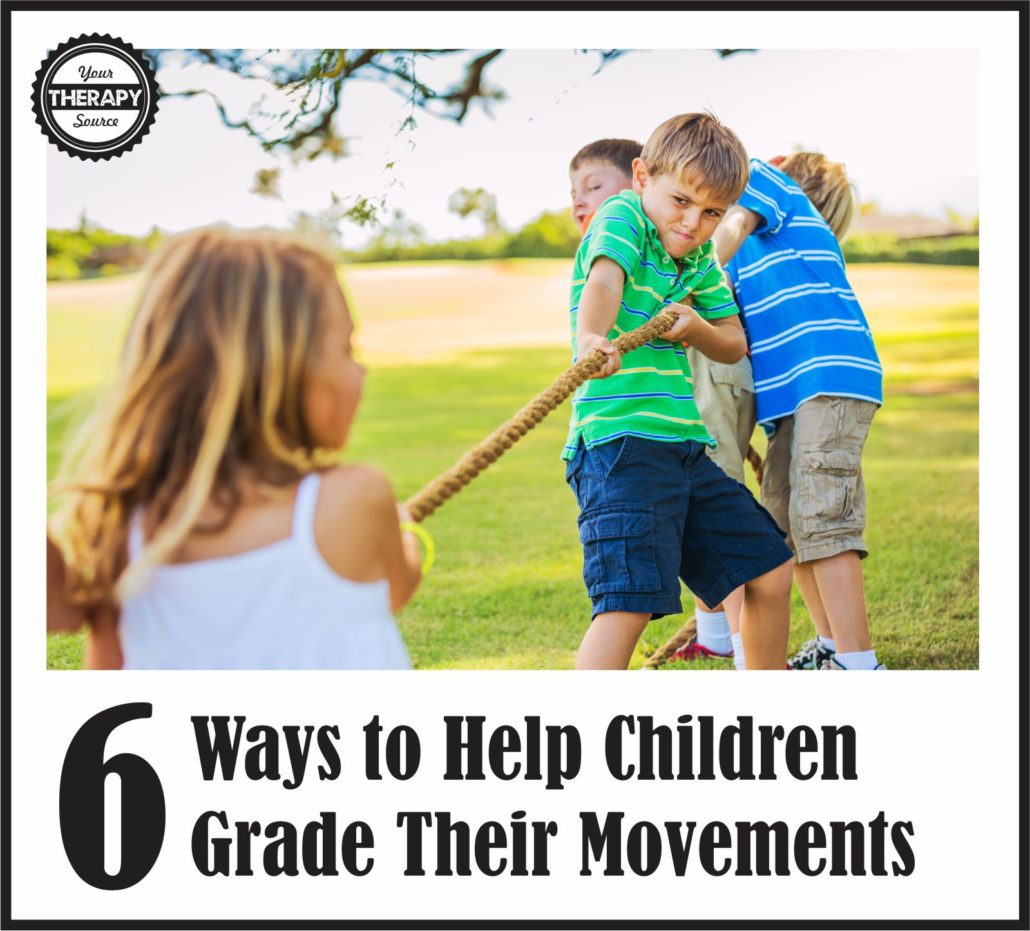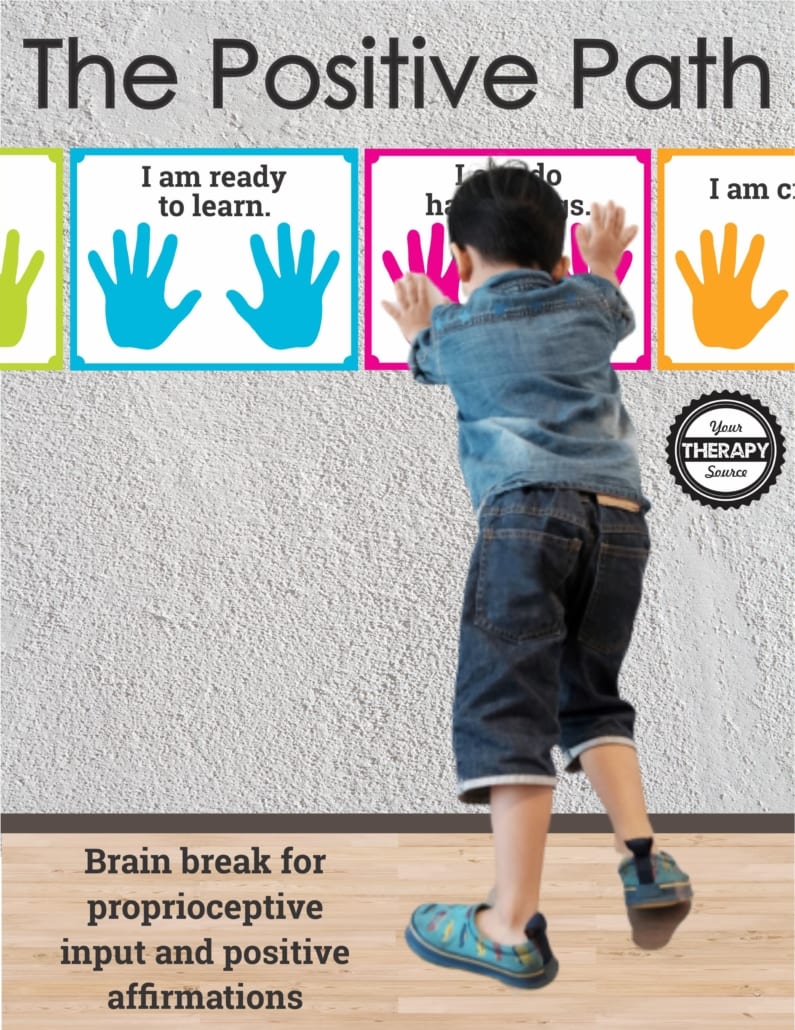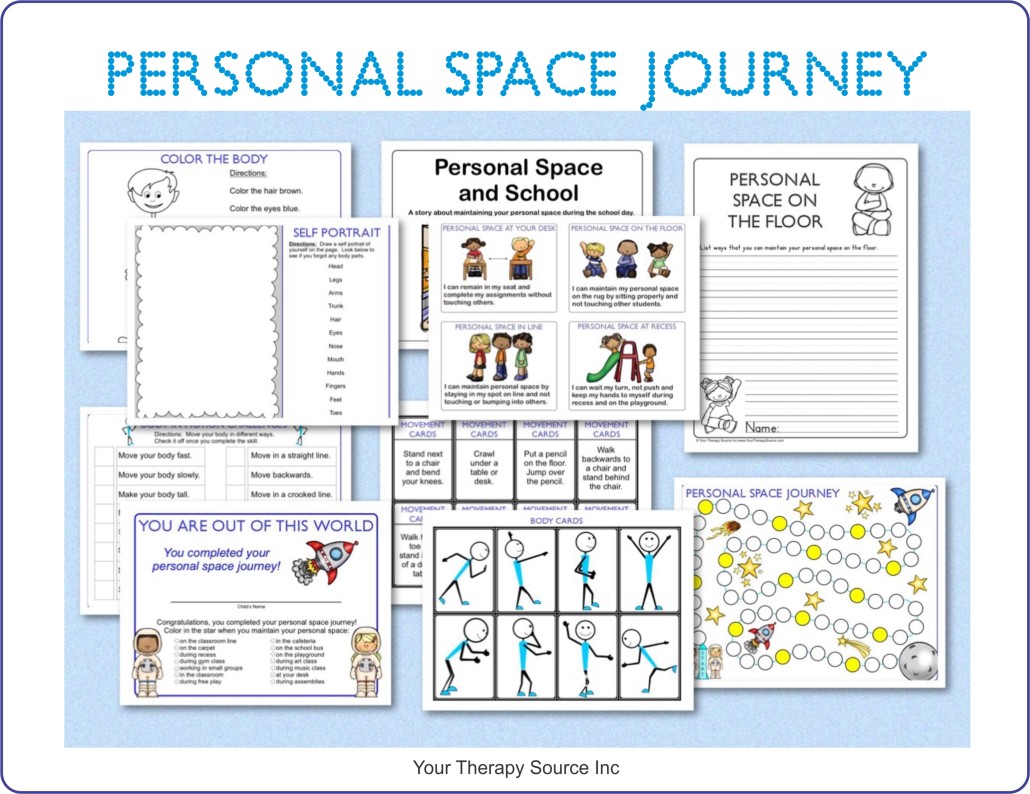What is Graded Movement and How You Can Help

There are many reasons why a child may have difficulties with graded movement or using the right amount of force when performing motor skills. You might hear someone say “they have difficulty with grading their movements” or an Occupational Therapist might say “decreased force modulation”.
What is Graded Movement?
Basically, graded movements are when a child uses the appropriate amount of force to complete motor skills. Children may use too much force and crash, bang, push too hard or land too hard when performing actions such as playing tag, running in a gym or jumping. They may write too hard with their pencil or erase so much the paper rips. Perhaps they break toys or objects frequently.
The opposite is not using enough force. Some children may not push or pull hard enough or press too lightly when they write.
How Can You Help with Force Modulation?
When children receive occupational or physical therapy, often times treatment sessions focus on various sensory suggestions or muscle grading activities to help children with force attenuation and mid-range control. The ability to use a right amount of force is essential for fine tuning functional activities during playtime and school work.
6 Tips to Help Children Grade their Force Production
In order to improve children’s abilities to grade their movements the skills must be worked on daily. Here are 6 suggestions to add therapeutic activities throughout a child’s day to improve modulation.
Proprioceptive Activities
Proprioceptive activities allow for free play activities that include heavy lifting, pushing, pulling and jumping to encourage the muscles to feel all the different forces and responses required in various situations. When you perform a motor skill the joints and muscles send messages to the brain. When you change that motor skill even slightly ie bend your knee a little bit more, reach your arm a little further, that sends a slightly different message. Try the Positive Path in the hallway at your school.
Teach Force Modulation to Help with Graded Movement
Take the time to teach children how to provide the proper amount of force. Give them examples of what is appropriate and what is not. For example, perhaps demonstrate a proper amount of pressure to give when hugging someone. Can the child give you a hug back with the correct pressure. if not, give them some verbal feedback – ie too soft, too hard or just right. Try this for other activities – touching a person when playing tag, writing with a pencil, running and stopping on command, etc. Work on body awareness activities to help the child learn where they are in space relative to themselves and others.
No one wants children’s “engines running too fast” during the school day or at home. It can result in decreased attention, lack of focus, inability to maintain personal space, and constant fidgeting. Pediatric therapists, teachers, and parents will benefit from the easy to implement yoga lesson plan, I Can Slow Down, to teach children mindfulness, self-regulation, and self-calming skills. The step-by-step lesson plan requires zero preparation!
Provide Verbal Cues
Provide verbal cues to help children understand the amount of force to produce. For example when teaching a child to respond with less force try “pretend you are a bubble and you don’t want to pop”. When you are landing from a jump try “landing like a snowflake slowly falling to the ground” or “land like a feather”.
Practice!
 Practice, practice, practice. Once you have taught them some new skills with regards to force production practice the skills in different environments. Practice outside in large open spaces. Practice indoors in small spaces. Practice in loud settings and quiet settings. Practice moving fast and moving slow.
Practice, practice, practice. Once you have taught them some new skills with regards to force production practice the skills in different environments. Practice outside in large open spaces. Practice indoors in small spaces. Practice in loud settings and quiet settings. Practice moving fast and moving slow.
As children develop motor skills and process sensory information they start to understand how their body can move slow, fast and all the speeds in between. Over time, children begin to learn to self-regulate and determine their “just right” body state that is ready to learn. Therapists, teachers, and parents can help children practice self-regulation skills with these 10 visual supports.
Try Motor Planning Activities to Help with Graded Movement
Now start using those skills in higher level motor sequences to challenge motor planning skills and graded muscle control. Set up obstacle courses where children have to control their bodies and avoid stationary and moving obstacles. Practice following verbal commands to move in different directions at different speeds.
Add in Postural Control Activities
Children need a stable core to work off to create proper force production and graded movement in the extremities. If you can not hold your shoulder steady, it can be very difficult to pick up a cup of water with the correct amount of force without spilling it. If you can not hold your trunk stable while you run, when you move around obstacles your lower extremities will not produce the proper amount of muscle contraction to turn or stop.
Check out The Core Strengthening Handbook if you need quick and easy core strengthening activities for kids.
Personal Space Journey – Collection of activities to teach children about personal space
including many body awareness exercises and a social story on personal space.







Comments are closed.